Subscribe to Our Insights
Thank you! Your submission has been received!
Oops! Something went wrong while submitting the form.
Our Hubs
Resources
Company
© 2025 Cresteo. All Rights Reserved.
//
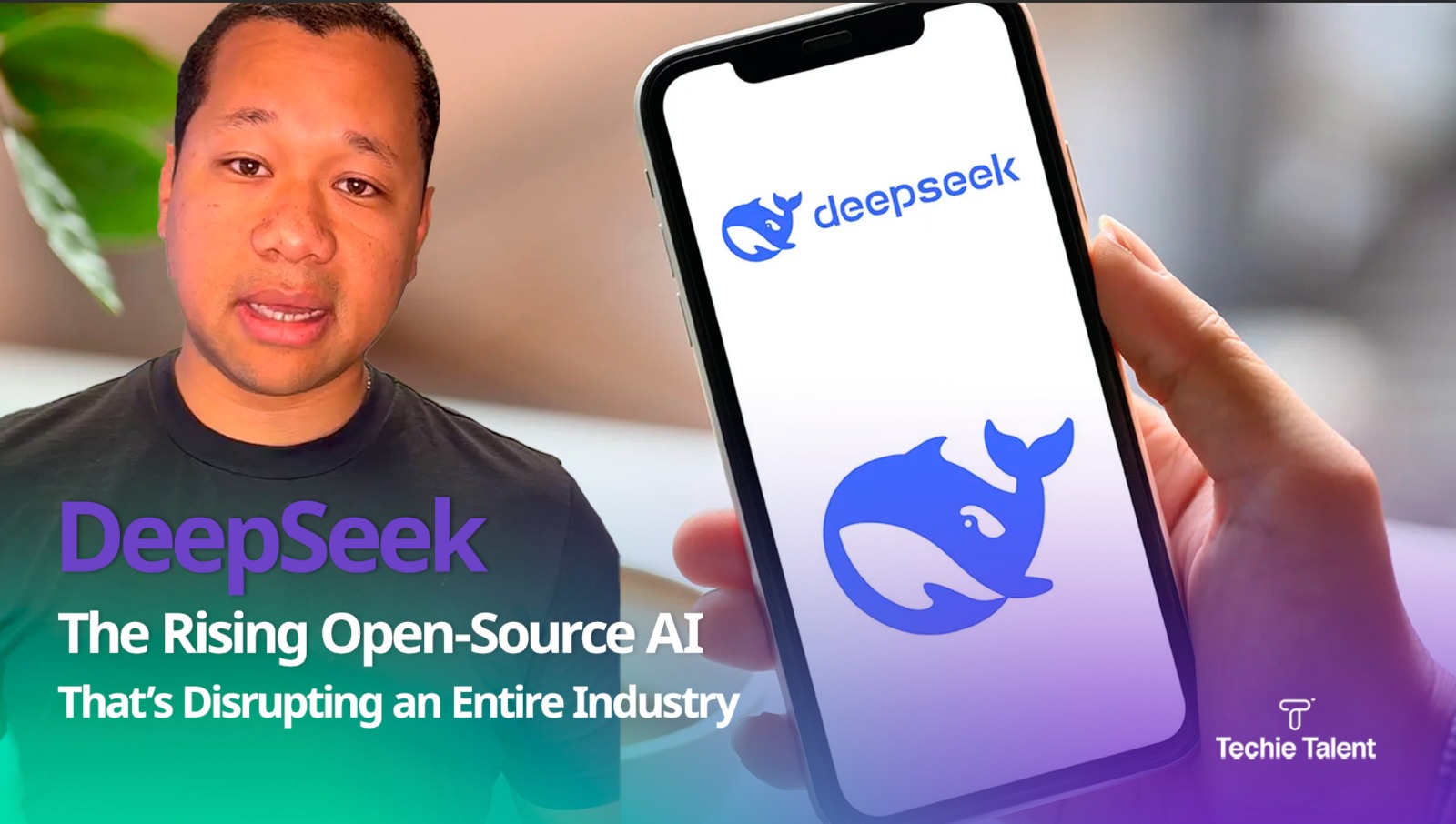
In a world where advanced AI seems to spring almost exclusively from a small circle of well-funded tech juggernauts, DeepSeek has captivated global attention for defying conventional wisdom. Developed in China and celebrated for its impressive cost-to-performance ratio, DeepSeek is prompting industry-wide debates on everything from open-source collaboration to high-level chip shortages. It’s even jolted global stock markets and challenged the notion that only top-dollar research can yield elite AI models.
This post takes a closer look at DeepSeek’s remarkable ascent, highlighting its open-source foundation, technical breakthroughs, and implications for anyone striving to innovate in advanced AI solutions. Along the way, discover insights on how this technology can be harnessed—securely, responsibly, and with real-world impact.
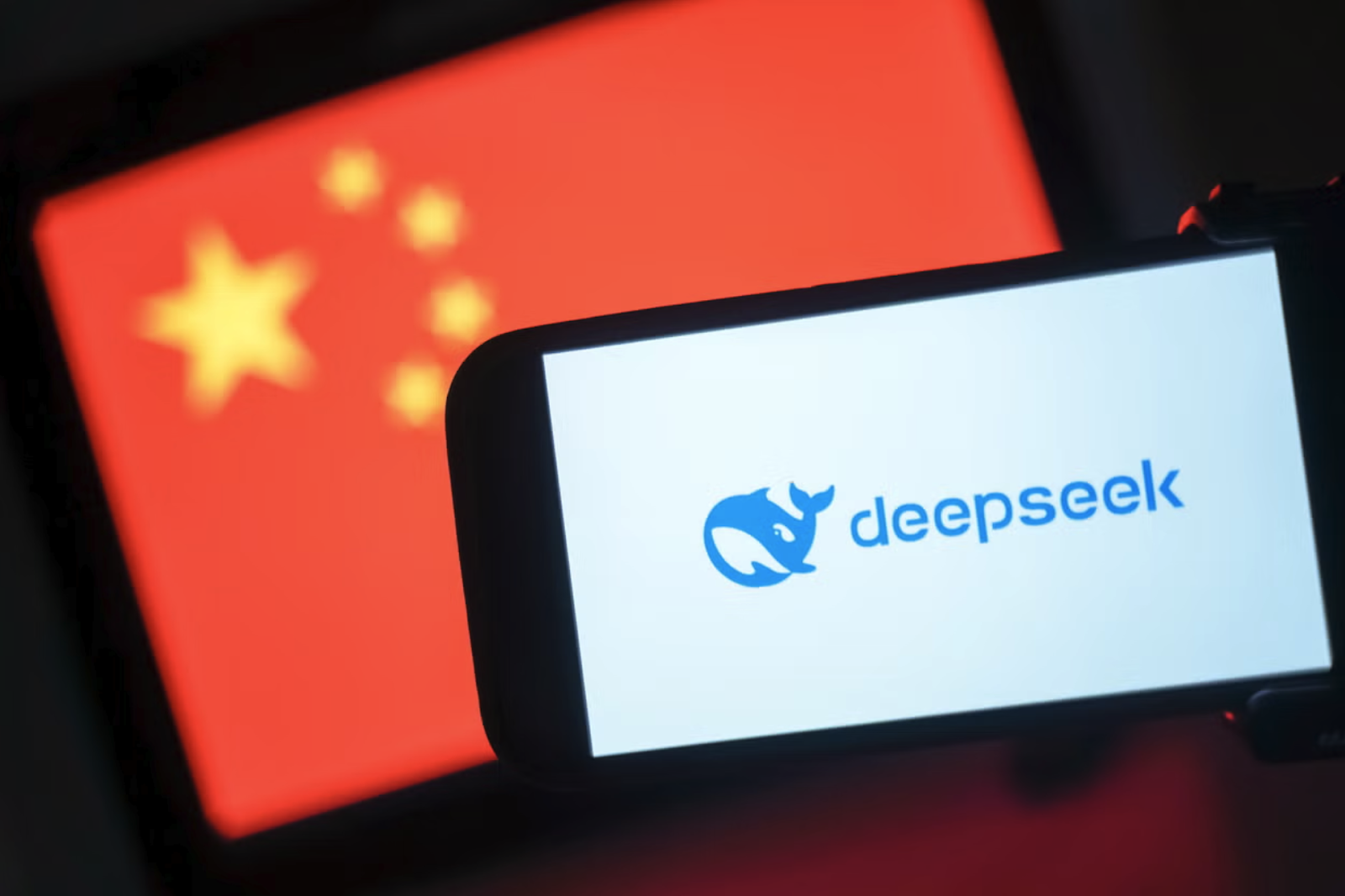
DeepSeek emerged from a lesser-known hedge fund called High-Flyer, run by entrepreneur Liang Wenfeng in Hangzhou.

Initially focused on algorithmic finance and quantitative trading, the team soon discovered they could repurpose existing computational frameworks for large-scale language model training. This pivot combined domain expertise in reinforcement learning with a desire to peel back the layers of secrecy surrounding mainstream AI. Thus, DeepSeek was born, uniting a small but dedicated group of engineers, data scientists, and open-source enthusiasts.
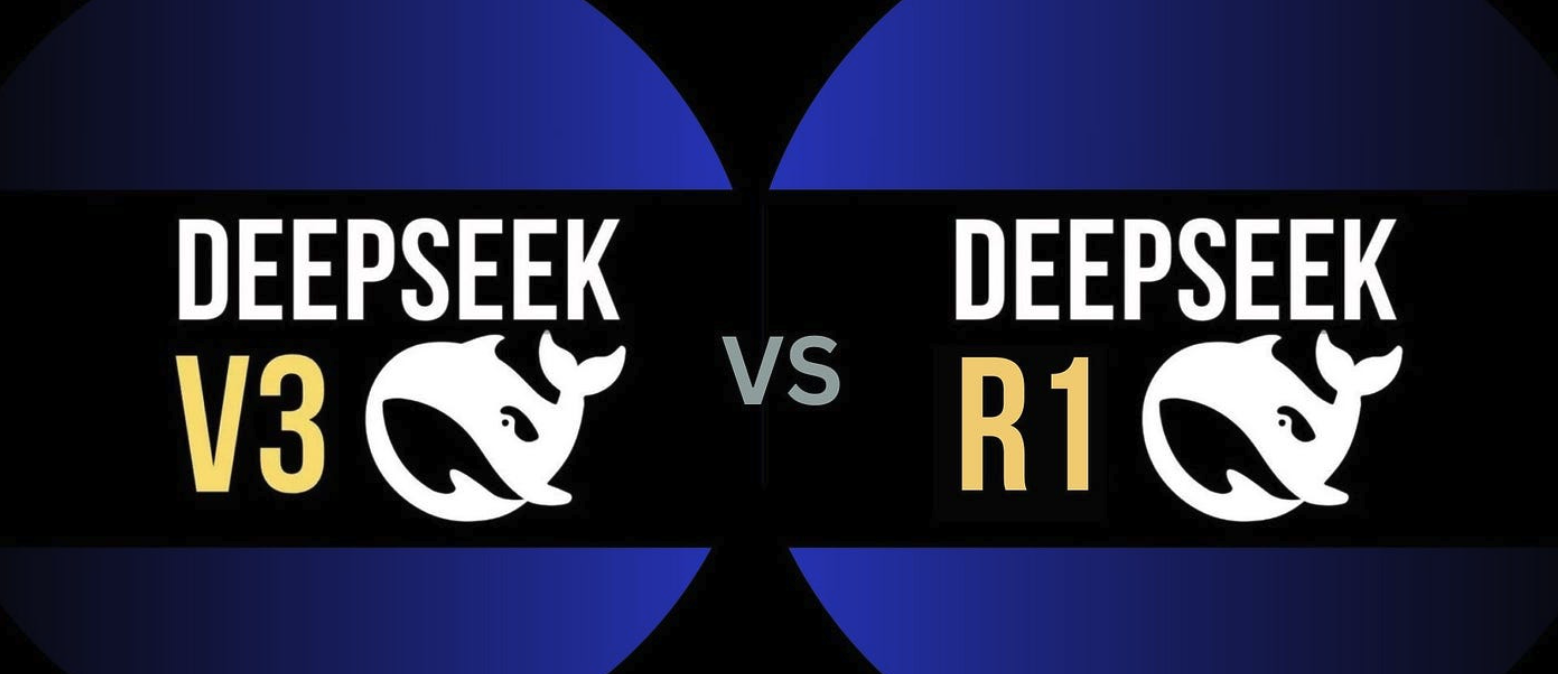
DeepSeek’s achievements revolve around two models that have propelled it to global prominence:
Both models are offered under an open-source framework, with local deployment possible for those seeking tighter control over data and privacy settings. This approach contrasts strongly with closed models requiring external cloud APIs.
Shortly after R1’s debut, Microsoft added DeepSeek R1 to the Azure AI Foundry. This move amplified DeepSeek’s visibility, providing a seamless way to deploy and test the model at scale. In less than a minute, those with an Azure subscription can find DeepSeek R1 in the model catalog, click “deploy,” and obtain an inference API with keys for immediate experimentation.
The following Python snippet demonstrates how to deploy DeepSeek R1 using Azure AI Foundry's API. Replace placeholders with your own subscription and deployment info.
import requests
# Azure AI Foundry endpoint and keys
azure_foundry_url = "https://<your-foundry-endpoint>/deployments/<deployment-name>/inference"
api_key = "<your-api-key>"
# A sample prompt for DeepSeek R1
prompt_data = {
"prompt": "Explain the difference between supervised learning and reinforcement learning."
}
# Set headers for authentication and content type
headers = {
"Content-Type": "application/json",
"Authorization": f"Bearer {api_key}"
}
# Send the request
response = requests.post(azure_foundry_url, json=prompt_data, headers=headers)
# Handle the response
if response.status_code == 200:
deepseek_answer = response.json().get("generated_text", "")
print("DeepSeek R1 response:", deepseek_answer)
else:
print(f"Request failed with status code {response.status_code}: {response.text}")
By offering this level of integration, DeepSeek R1 now stands alongside 1,800 other AI models in a catalog promising enterprise SLAs, secure content filtering, and robust auditing options. Whether through GitHub or Azure, individuals and teams anywhere can start building on one of the most intriguing models of the moment.
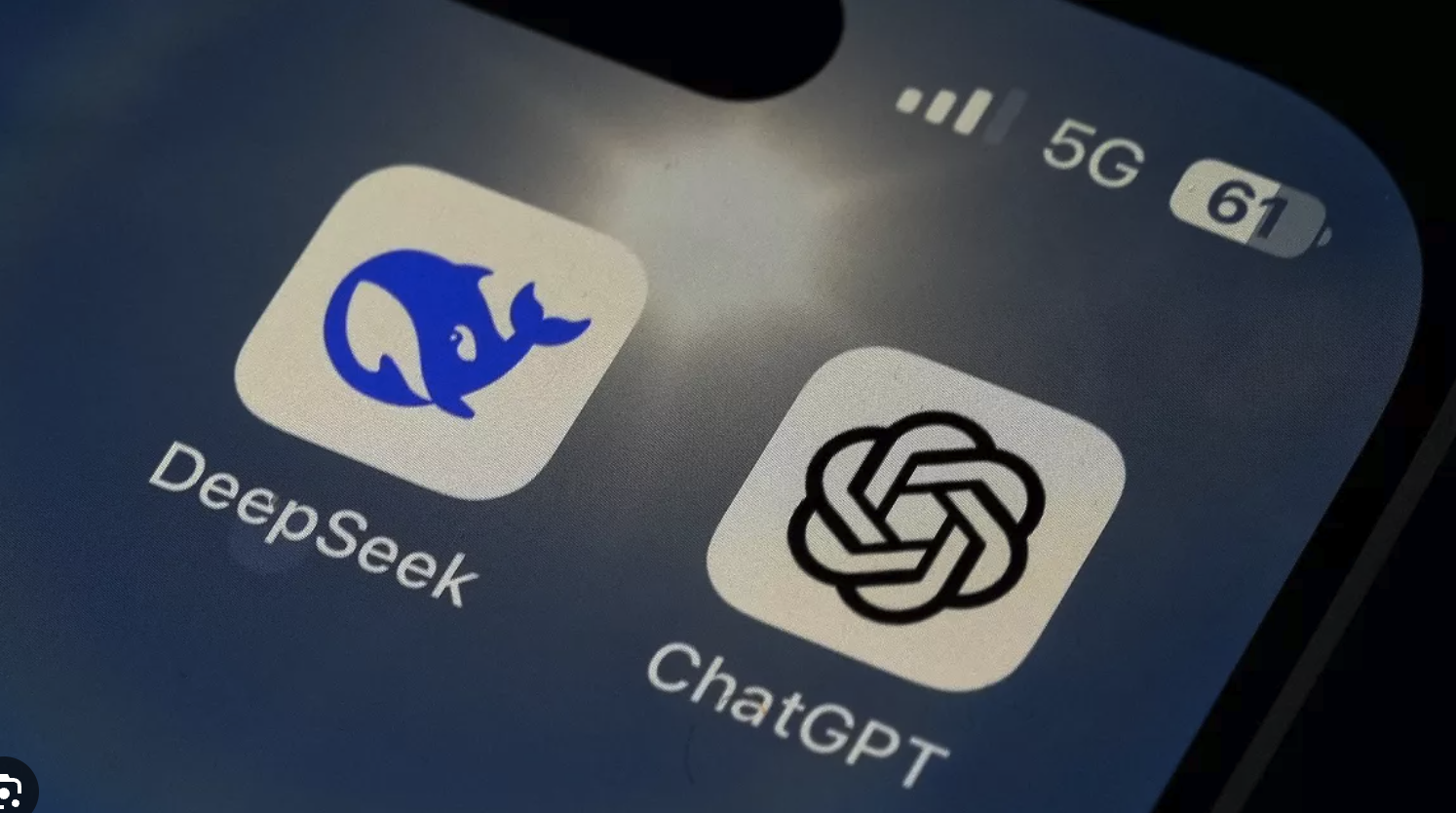
Some of the most advanced conversational AI models power ChatGPT and, more recently, DeepSeek. While both aim to facilitate natural, human-like interactions, they differ significantly in architecture, capabilities, intended applications, and underlying technologies. The following comparison highlights the key distinctions between ChatGPT and DeepSeek, showcasing their unique strengths and practical applications.
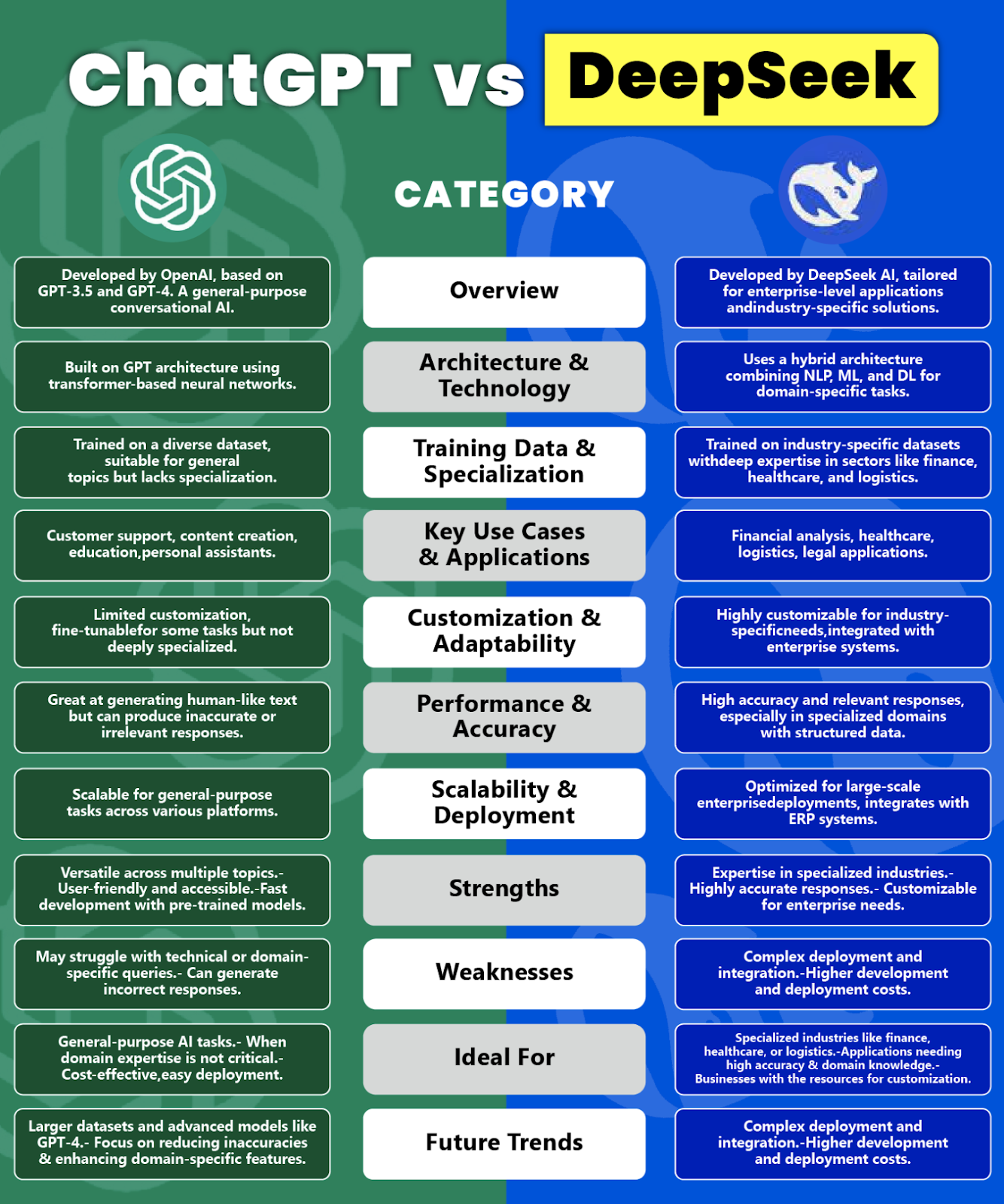
Source: Adda247 (2025, January 28th). ChatGPT vs. DeepSeek: A Detailed Comparison.
DeepSeek is subject to content restrictions on its native, publicly available chatbot—particularly around topics sensitive in China.

This leads to partial answers or refusals about political questions. However, technical documentation indicates that these restrictions stem from an added layer on top of the model, not the core. When self-hosted, organizations can choose to remove or alter such filters. This duality underscores both the challenges and freedoms of working with AI developed in varied regulatory environments.
DeepSeek plans to diversify its offerings beyond text-based services, venturing into visual recognition and multimodal solutions. Already, it has teased a product line called Janus-Pro, aimed at image tasks, further expanding the scope of what can be accomplished with lower overhead and transparent source code. Meanwhile, new controversies around training chip sets, data origin, and open licensing are inevitable. As international AI competition intensifies, DeepSeek’s journey is certain to reveal more about the changing balance of power, development strategies, and market forces in the AI arena.
At the same time, the larger landscape of generative AI continues to evolve at breakneck speed. Google’s Gemini is expected to integrate the strengths of its large-scale language models with cutting-edge multimodal capabilities, while Claude from Anthropic seeks to differentiate itself through enhanced safety measures and robust, interpretable reasoning. In this context, OpenAI remains focused on state-of-the-art research and commercial deployment, with Sam Altman recently stating, “deepseek’s r1 is an impressive model…we will obviously deliver much better models…[and] it’s legit invigorating to have a new competitor!...the world is going to want to use a LOT of ai, and really be quite amazed by the next gen models coming.” This underscores the intensifying competition between established leaders and rising challengers like DeepSeek.

With capital investments flowing in to secure the fastest chipsets and computing infrastructure, and with a global race to build ever-more-powerful foundational models, the industry appears set for a series of leaps forward. As Sam Altman remarked, “more compute is more important now than ever before to succeed at our mission”—and it is precisely this hardware-software synergy that will shape AI’s ability to tackle increasingly complex tasks. DeepSeek’s expanding portfolio, combined with Google’s venture into Gemini and emerging players like Anthropic, suggests that the next wave of generative AI will be characterized not just by raw performance, but also by specialized capabilities, accessible development platforms, and ongoing debates over transparency and responsible deployment.
A rising open-source project like DeepSeek can be a game-changer for anyone seeking to develop, refine, or scale advanced AI initiatives. By blending strong performance, cost efficiency, and modular code, it unlocks new opportunities to:
Still, integrating a newly minted competitor into an existing technology roadmap often requires strategic planning—from ensuring data governance to addressing performance benchmarks under real-world workloads.
At Techie Talent, the mission is to help organizations make sense of this ever-shifting AI landscape.
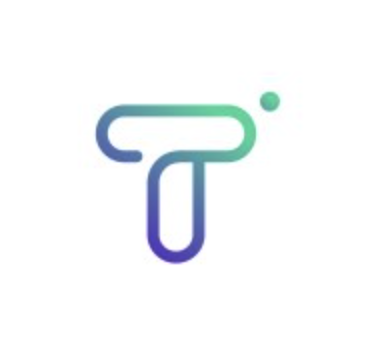
Whether the goal is building next-generation chatbots, orchestrating multi-agent systems, or implementing retrieval-augmented generation (RAG) solutions, we bring deep expertise in the following areas:
As we’ve seen with DeepSeek, the AI frontier is broadening, fueled by open innovation and healthy competition. We stand ready to guide anyone aiming to seize these exciting new capabilities—cost-effectively, responsibly, and with tangible outcomes.
DeepSeek’s sudden rise from a little-known project to a global phenomenon underscores a core truth: innovation can flourish anywhere. Recent events reaffirm that AI breakthroughs need not be gated behind sky-high budgets or closed-source frameworks. By leveraging open-source collaborations, clever training strategies, and minimal infrastructure overhead, DeepSeek is rewriting assumptions about what’s possible in AI—and who gets to shape it.
While many await further validation of DeepSeek’s claims, there’s no denying its influence. It has captured attention beyond tech circles, offering a fresh lens on the AI arms race, open-source vs. proprietary business models, and the delicate interplay between regulation and innovation. For forward-thinking pioneers looking to adopt advanced AI, DeepSeek serves as a real-world example of how agility and transparency can outmaneuver entrenched status-quos.
The journey is just beginning. If there is a lesson to be learned from DeepSeek’s remarkable ascent, it’s that opportunities for transformative AI lie not just in the labs of entrenched market leaders, but in unexpected places—and often at a fraction of the cost once assumed necessary.
Discover how to harness open-source AI solutions like DeepSeek or pair them with other leading systems such as RAG pipelines, Azure OpenAI services, and Google’s Gemini. We at Techie Talent have dedicated ourselves to helping organizations worldwide develop, deploy, and optimize advanced AI initiatives.
Let’s build something extraordinary together. Reach out today to learn how to integrate cutting-edge AI into projects that deliver genuine results—whether you want streamlined chatbots, multi-agent frameworks, or specialized domain knowledge solutions.
Adda247 (2025, January 28th). ChatGPT vs. DeepSeek: A Detailed Comparison.Adda247 Current Affairs